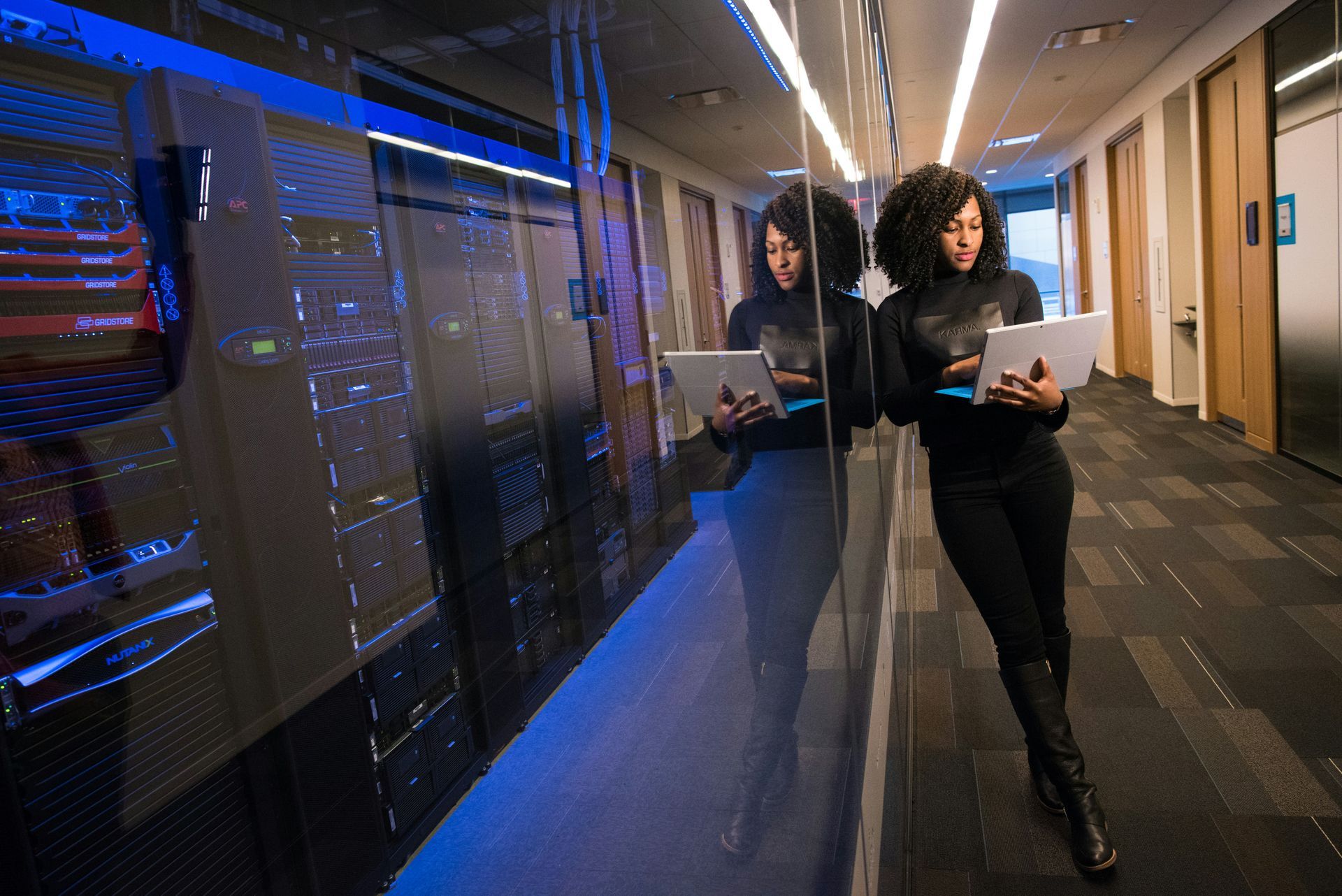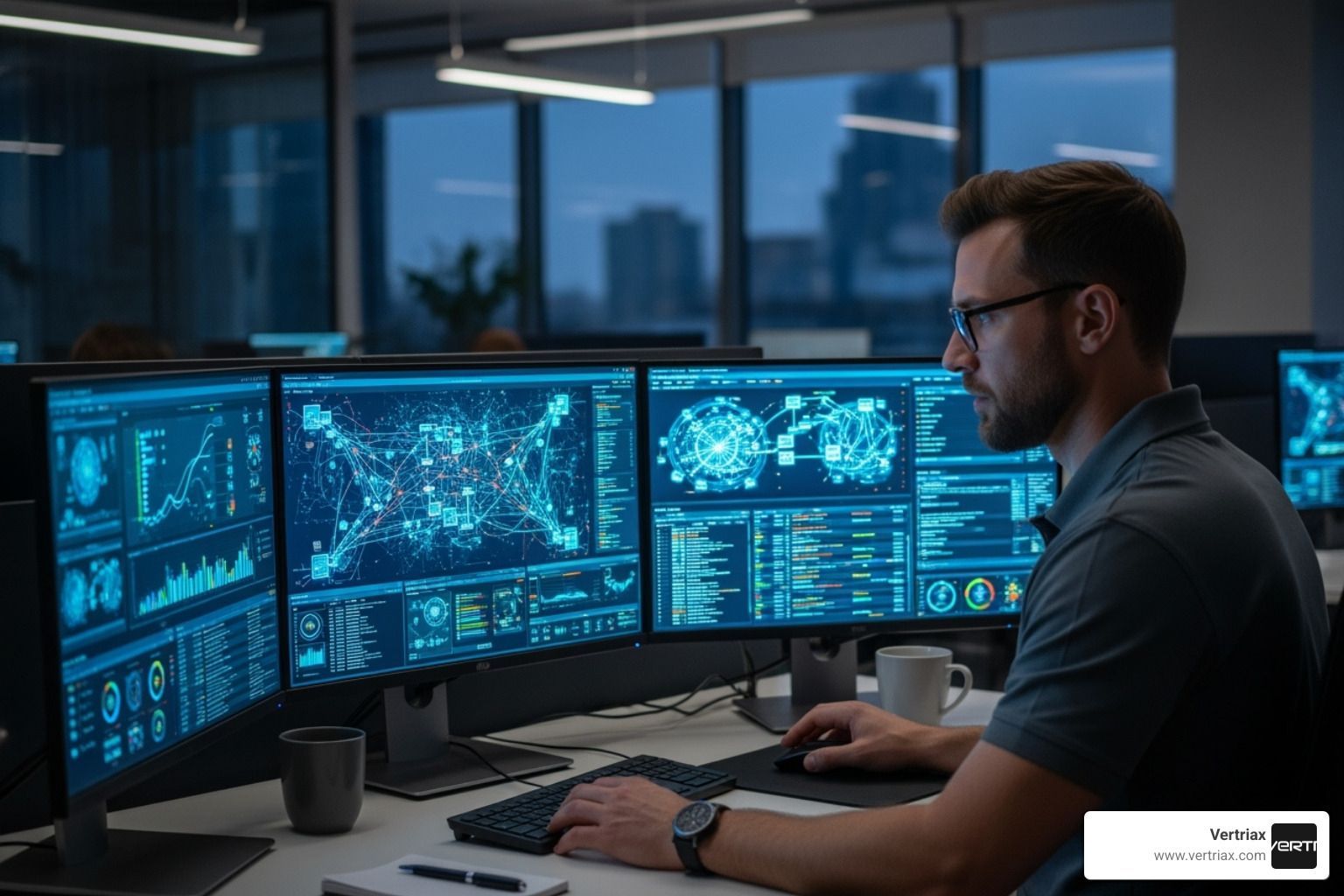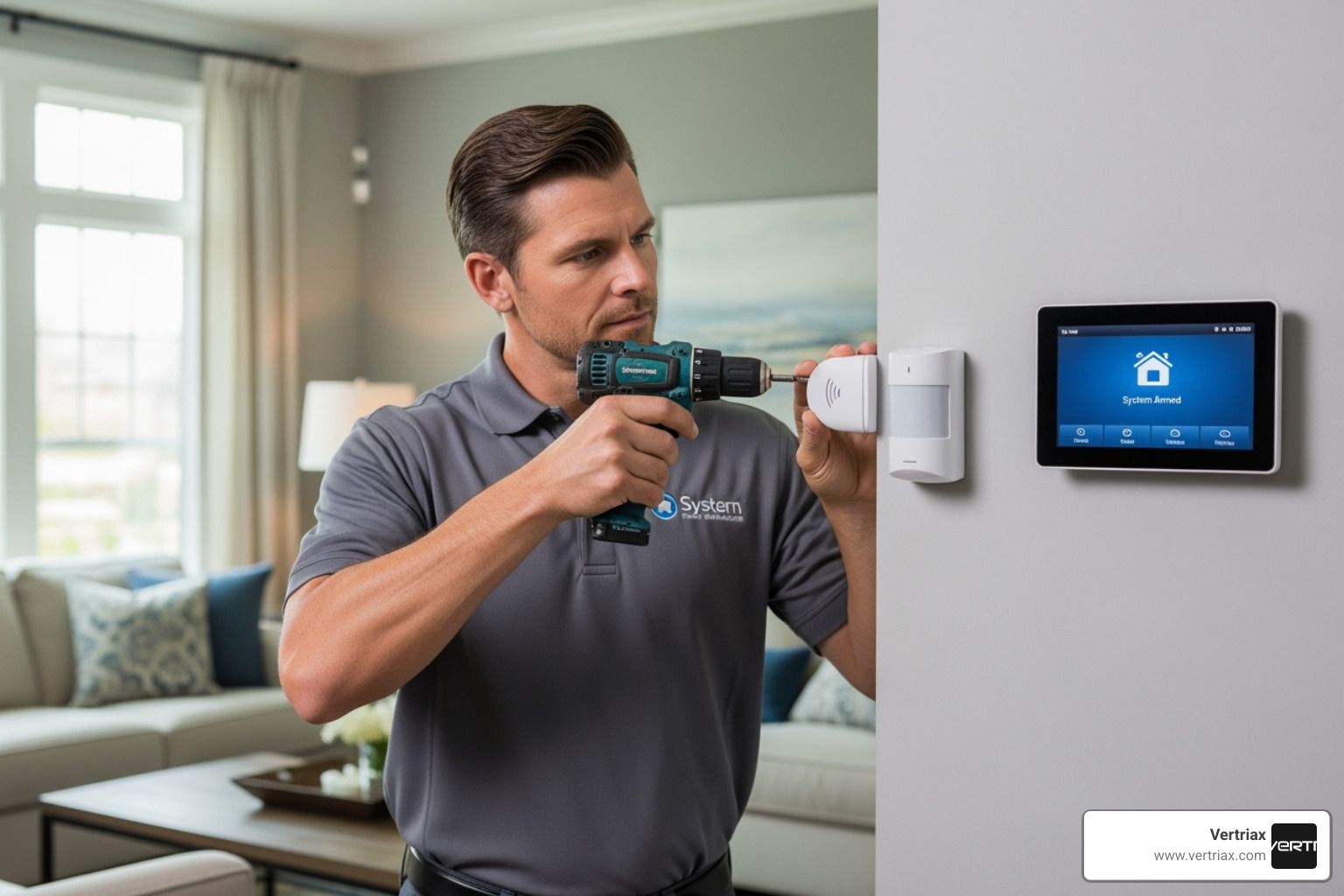Comprehensive Advanced Security Solutions: A Holistic Approach to Protection and Operations
Comprehensive Advanced Security Solutions: A Holistic Approach to Protection and Operations
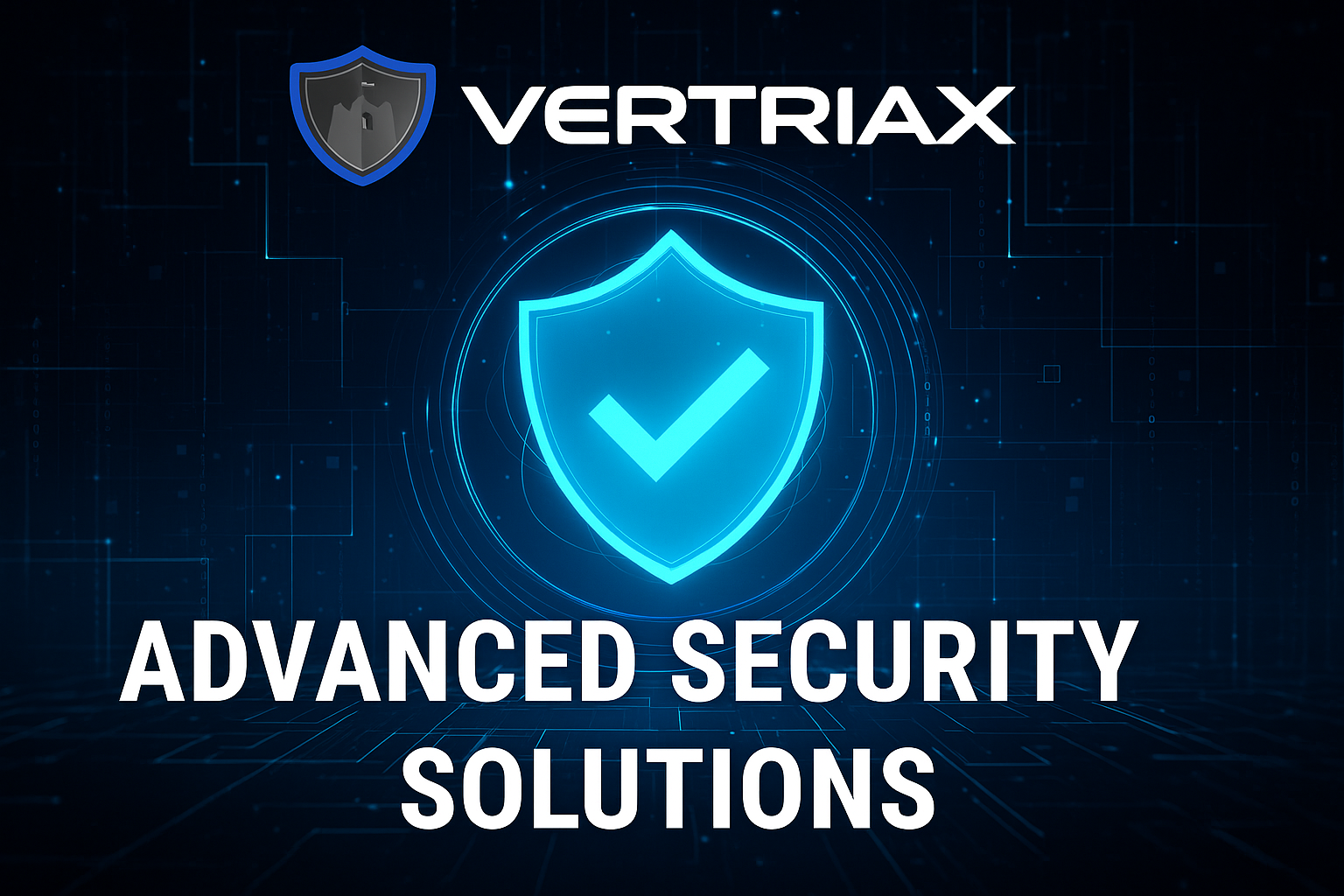
In today’s evolving threat landscape, organizations face increasingly sophisticated risks that span both the digital and physical realms. Cyber adversaries are expanding their playbooks to include real-world targets, meaning a company’s facilities, people, and information are all at potential risk. This convergence of cyber and physical threats demands a more holistic security approach from organizations. In other words, traditional siloed measures (like just hiring guards or installing alarms) are no longer enough.
Advanced security solutions have emerged as a comprehensive, proactive approach to safeguard people and assets against a wide range of threats. These solutions integrate multiple security services and technologies into a unified strategy, ensuring that an organization stays one step ahead of attackers.
The Need for a Holistic Security Strategy
Modern security threats can come from anywhere – a hacker breaching data, an insider exploiting a vulnerability, or a stalker tracking an executive’s travel plans. Crucially, online threats can quickly translate into offline dangers. For example, leaked personal information or cyber harassment against an executive may lead to physical stalking or worse. Organizations must therefore
blend digital and physical security into one cohesive program. Security experts emphasize that the best protection programs are
holistic, combining close personal protection, facility security,
digital privacy safeguards, and strategic intelligence gathering. In practice, this means uniting many services – from
executive protection to
threat intelligence – under a single umbrella. By doing so, companies can ensure no aspect of risk is overlooked.
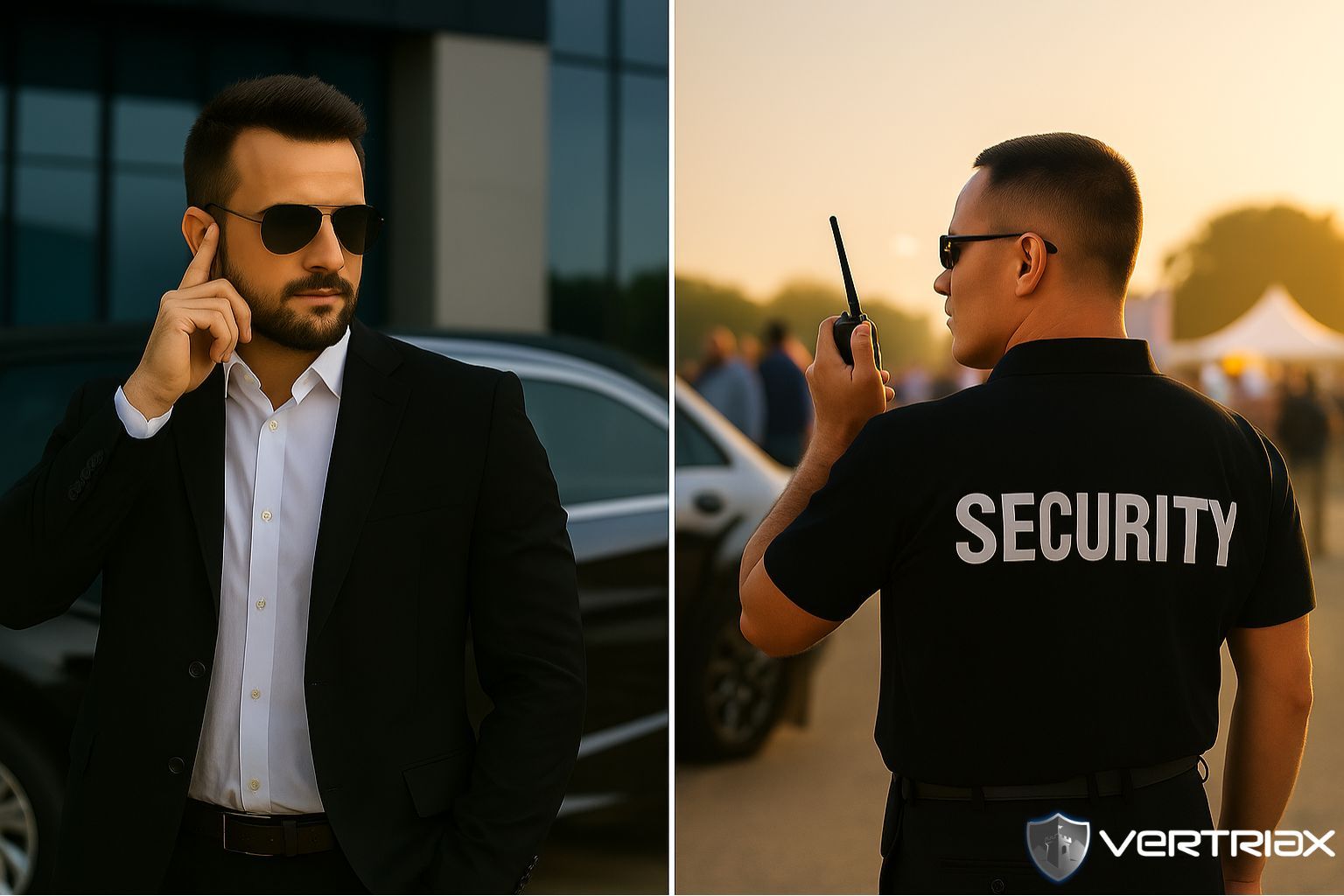
What Are “Advanced Security Solutions”?
Advanced security solutions refer to an integrated, proactive approach to protecting an organization’s people, assets, and operations. Rather than relying on one or two tactics, it encompasses a broad spectrum of
technologies, strategies, and services designed to prevent incidents and respond effectively when they occur. This approach goes beyond basic guards or alarms – it includes high-tech tools, continuous monitoring, rigorous planning, and specialized personnel working in concert.
Key characteristics of a holistic security solution include:
- Integration of Multiple Services: All facets of security work together. For instance, intelligence from cybersecurity or
threat assessments can inform physical guard deployments, and vice versa. The goal is to cover every aspect of modern security needs with a coordinated strategy.
- Use of Advanced Security Technology: Modern security leverages cutting-edge tech like AI-driven analytics, sensors, biometric access control, drones, and more. These
physical security technologies work alongside human expertise. Integrated security solutions can combine trained security professionals with advanced technological systems so that
no asset is left unguarded.
- Proactive and Preventative Measures: Rather than waiting for incidents, advanced programs actively seek out potential risks. This means conducting regular
security assessments, including both
security vulnerability assessments and
threat assessments, to find gaps before adversaries do. It also means engaging in
threat hunting and continuous
threat intelligence gathering – monitoring chatter, geopolitical risks, crime trends, etc., so you can anticipate dangers and adjust security measures accordingly.
- Customized, Layered Solutions: One-size-fits-all doesn’t apply in advanced security. Every organization has unique risks and needs, so solutions are
tailored. A holistic program often implements multiple layers of defense – for example, combining on-site
protection services (like guards or
executive protection agents) with technology (cameras, access controls) and off-site support (a 24/7 monitoring center).
Below, we break down some of the
key components that advanced security solutions typically encompass. Together, these elements illustrate how all the listed services come into play:
Executive and Event Protection Services
At the core of physical security are
protection services – skilled personnel and plans that defend people in harm’s way. This includes
Executive Protection,
Travel Security, and
Event Security, among other offerings.
- Executive Protection: This service provides dedicated security for high-profile leaders or at-risk individuals. It involves detailed advance planning, secure transportation, route scouting, and contingency strategies to shield the executive from both physical dangers and unwanted surveillance.
- Travel Security: Travel security focuses on keeping personnel safe when they are away from home base. It involves pre-trip
risk assessments, itinerary planning with security in mind, secure transportation and lodging arrangements, and real-time monitoring of travelers’ whereabouts.
- Event Security:
Event security services handle all protective aspects of event planning. This includes venue security surveys, entry screening and access control for attendees, crowd management, VIP escorting, and on-site incident response teams.
- Background Check Oversight: This refers to maintaining rigorous screening and vetting processes for employees, contractors, and vendors. It ensures a trusted environment from the inside out and reduces the chance of insider threats or negligence.
24/7 Security Operations and Monitoring
Continuous vigilance is a defining feature of advanced security operations.
Security Operations generally refers to the coordinated activities that monitor, detect, and respond to security incidents. Many organizations now use a centralized
Security Operations Center (SOC) that runs 24/7. Trained operators monitor cameras, intrusion alarms, access control logs, and cyber alerts, ready to respond at the first sign of trouble.
For companies without the resources to build their own 24/7 security center, Security Operations as a Service (SOaaS) provides an outsourced model where a specialized firm delivers end-to-end monitoring and incident response. This model is scalable and cost-efficient, offering expert security operations and 24/7 support on demand.
Advanced Security Technology and System Design
Security technology enhances the reach and precision of human security teams. Some critical components include:
- Security Systems Design & Implementation: Strategic deployment of surveillance, access control, alarm systems, and communication networks based on a site’s unique risk profile.
- Physical Security Technology: Includes CCTV, drones, metal detectors, smart locks, and other tools that detect and deter physical intrusions.
- Security Systems Management: Ongoing maintenance and optimization of systems, ensuring reliable performance and seamless integration.
- Emerging Technologies: AI analytics, robotics, and smart sensors provide real-time alerts, behavioral detection, and scalable surveillance capabilities.

Risk Assessment and Intelligence: Proactive Defense
A proactive security posture begins with
knowledge:
- Security Vulnerability Assessments: Systematic evaluations of facilities and protocols to identify and fix weak points before they’re exploited.
- Threat Assessments and Intelligence: Analyze internal and external threats to preemptively guide defense measures. Intelligence gathering includes monitoring cyber chatter, crime trends, and geopolitical risks.
- Continuous Monitoring of Risks: Risk profiles should be updated regularly as the organization’s environment evolves. This includes formal assessments and real-time intelligence feeds.
Benefits of an Integrated Security Approach
- Comprehensive Risk Coverage: A holistic strategy reduces blind spots and overlaps, ensuring full-spectrum protection.
- Faster and More Effective Response: Connected systems and response protocols allow for immediate action.
- Deterrence of Threats: A strong security posture discourages potential attackers.
- Protection of People and Reputation: Keeps staff safe and maintains stakeholder trust.
- Operational Continuity: Prevents disruptions and enables rapid recovery from incidents.
- Cost Efficiency: Consolidated services and proactive defense reduce long-term costs and risks.
Conclusion
True security today requires synergy – between people, technology, intelligence, and operations. By implementing a holistic, layered security program, your organization can move beyond reactive measures to build resilience and trust.
Whether you need
executive protection,
security assessments, or
24/7 monitoring, a unified approach ensures you’re protected from every angle.
Need a tailored security solution?
Contact our team today to learn how we can implement and manage advanced security solutions for your organization.

